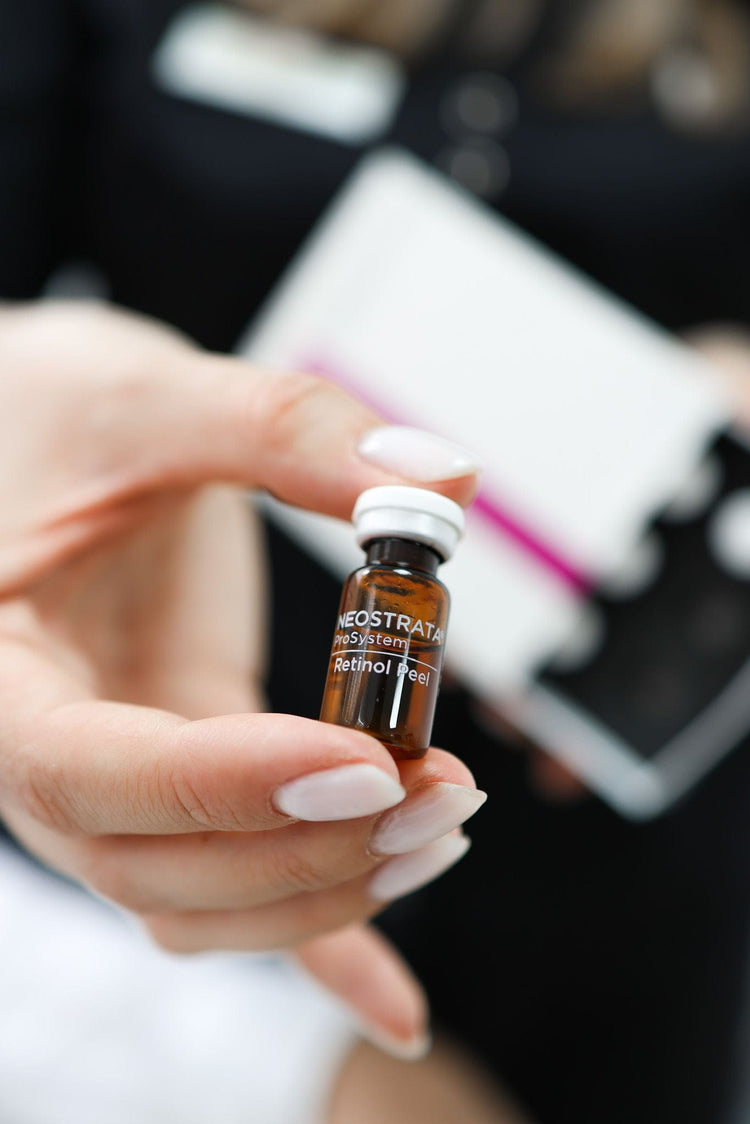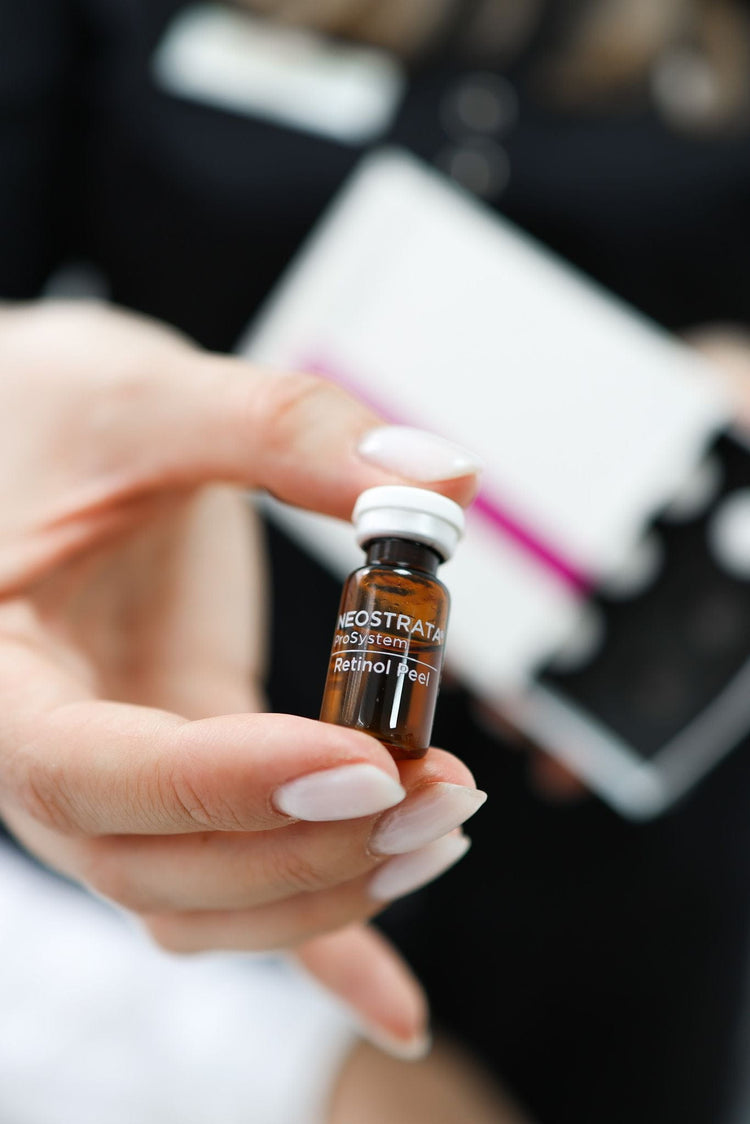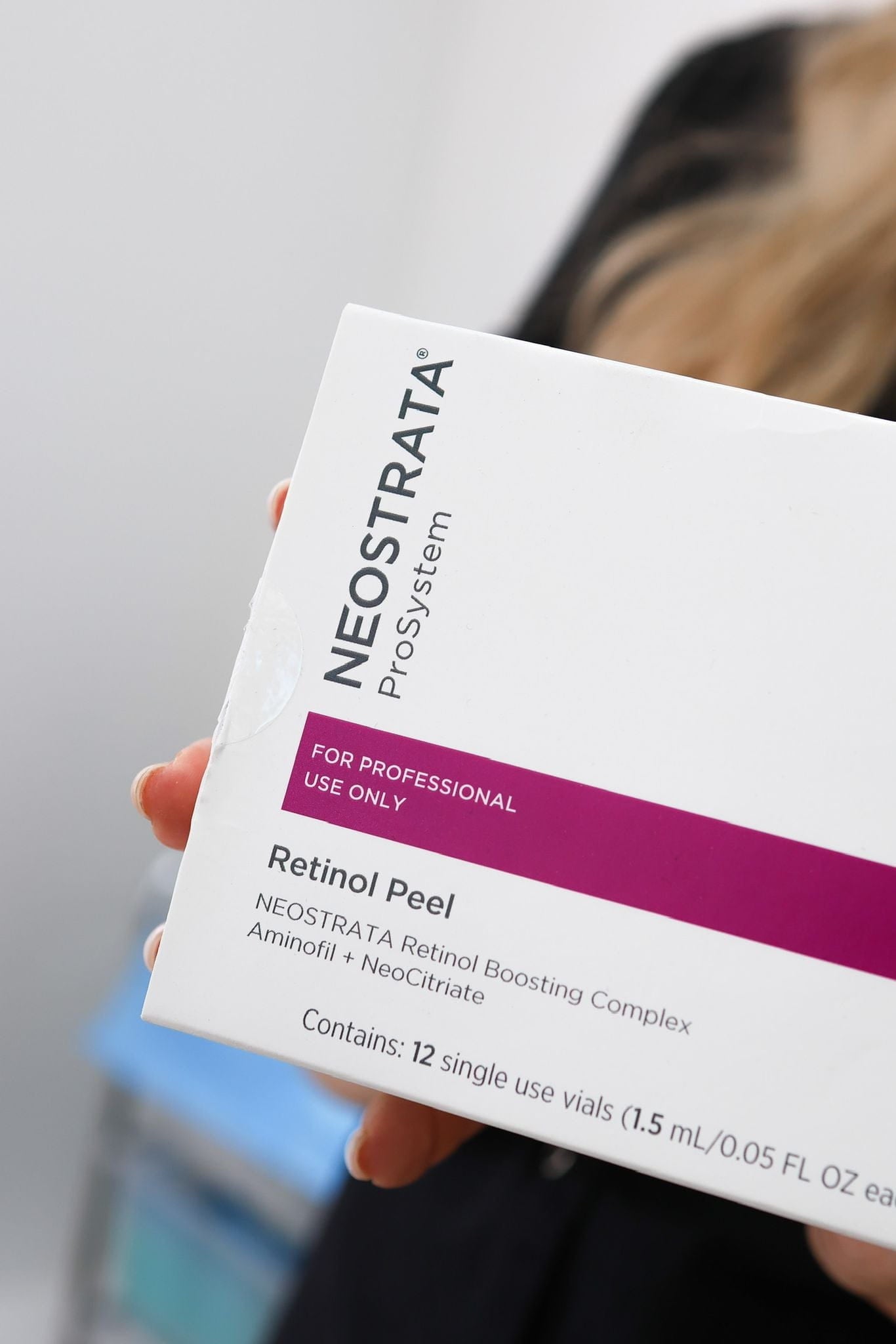Frequency of Retinol Peel Treatments
Retinol peels are a popular treatment for improving skin texture and reducing the appearance of wrinkles, but how often should you undergo this procedure? Finding the right frequency for retinol peel treatments in Kingston Upon Thames depends on individual skin types, concerns, and desired results.
Factors Influencing Treatment Frequency
Generally, retinol peels can be performed every 2-4 weeks.
However, factors like skin sensitivity, the strength of the peel solution, and your specific skin goals can influence this frequency. Individuals with sensitive skin may need longer intervals between treatments, while those with more severe skin concerns might benefit from more frequent peels.
It’s essential to consult with a qualified skincare professional in Kingston Upon Thames who can assess your skin type and recommend the optimal treatment frequency for you.
Skin Type and Condition
Retinol peels are a popular treatment for improving skin texture and reducing the appearance of wrinkles, but how often should you undergo this procedure? Finding the right frequency for retinol peel treatments in Kingston Upon Thames depends on individual skin types, concerns, and desired results. Generally, retinol peels can be performed every 2-4 weeks.
However, factors like skin sensitivity, the strength of the peel solution, and your specific skin goals can influence this frequency. Individuals with sensitive skin may need longer intervals between treatments, while those with more severe skin concerns might benefit from more frequent peels.
It’s essential to consult with a qualified skincare professional in Kingston Upon Thames who can assess your skin type and recommend the optimal treatment frequency for you.
Treatment Goals
Retinol peels are a popular treatment for improving skin texture and reducing the appearance of wrinkles, but how often should you undergo this procedure? Finding the right frequency for retinol peel treatments depends on individual skin types, concerns, and desired results. Generally, retinol peels can be performed every 2-4 weeks.
However, factors like skin sensitivity, the strength of the peel solution, and your specific skin goals can influence this frequency. Individuals with sensitive skin may need longer intervals between treatments, while those with more severe skin concerns might benefit from more frequent peels.
It’s essential to consult with a qualified skincare professional who can assess your skin type and recommend the optimal treatment frequency for you.

Retinol Concentration
Retinol peels are a popular treatment for improving skin texture and reducing the appearance of wrinkles, but how often should you undergo this procedure? Finding the right frequency depends on individual skin types, concerns, and desired results. Generally, retinol peels can be performed every 2-4 weeks.
However, factors like skin sensitivity, the strength of the peel solution, and your specific skin goals can influence this frequency. Individuals with sensitive skin may need longer intervals between treatments, while those with more severe skin concerns might benefit from more frequent peels.
Retinol concentration in peel solutions varies widely, typically ranging from 0.5% to 10%. The concentration used will depend on your skin type and sensitivity, as well as the desired treatment outcome. A lower concentration may be suitable for first-time users or those with sensitive skin, while higher concentrations can provide stronger exfoliation and more dramatic results.
Sensitivity to Retinol
Retinol peels are a popular treatment for improving skin texture and reducing the appearance of wrinkles, but how often should you undergo this procedure? Finding the right frequency for retinol peel treatments depends on individual skin types, concerns, and desired results. Generally, retinol peels can be performed every 2-4 weeks.
However, factors like skin sensitivity, the strength of the peel solution, and your specific skin goals can influence this frequency. Individuals with sensitive skin may need longer intervals between treatments, while those with more severe skin concerns might benefit from more frequent peels.

It’s essential to consult with a qualified skincare professional who can assess your skin type and recommend the optimal treatment frequency for you.
Retinol concentration in peel solutions varies widely, typically ranging from 0.5% to 10%. The concentration used will depend on your skin type and sensitivity, as well as the desired treatment outcome. A lower concentration may be suitable for first-time users or those with sensitive skin, while higher concentrations can provide stronger exfoliation and more dramatic results.
Recommended Treatment Schedule
Retinol peels are a popular choice for enhancing skin texture and minimizing wrinkles. Determining the ideal frequency for retinol peel treatments in Kingston Upon Thames depends on individual factors such as skin type, concerns, and desired outcomes.
Initial Phase
Generally, retinol peels can be performed every 2-4 weeks.

However, factors like skin sensitivity, the strength of the peel solution, and your specific skin goals can influence this frequency. Individuals with sensitive skin may need longer intervals between treatments, while those with more severe skin concerns might benefit from more frequent peels.
It’s essential to consult with a qualified skincare professional in Kingston Upon Thames who can assess your skin type and recommend the optimal treatment frequency for you.
Retinol concentration in peel solutions varies widely, typically ranging from 0.5% to 10%. The concentration used will depend on your skin type and sensitivity, as well as the desired treatment outcome. A lower concentration may be suitable for first-time users or those with sensitive skin, while higher concentrations can provide stronger exfoliation and more dramatic results.
Maintenance Phase
Generally, retinol peels can be performed every 2-4 weeks.
However, factors like skin sensitivity, the strength of the peel solution, and your specific skin goals can influence this frequency. Individuals with sensitive skin may need longer intervals between treatments, while those with more severe skin concerns might benefit from more frequent peels.
It’s essential to consult with a qualified skincare professional who can assess your skin type and recommend the optimal treatment frequency for you.
Retinol concentration in peel solutions varies widely, typically ranging from 0.5% to 10%. The concentration used will depend on your skin type and sensitivity, as well as the desired treatment outcome. A lower concentration may be suitable for first-time users or those with sensitive skin, while higher concentrations can provide stronger exfoliation and more dramatic results.
Consultation with a Skin Therapist
Generally, retinol peels can be performed every 2-4 weeks.
However, factors like skin sensitivity, the strength of the peel solution, and your specific skin goals can influence this frequency. Individuals with sensitive skin may need longer intervals between treatments, while those with more severe skin concerns might benefit from more frequent peels.
It’s essential to consult with a qualified skincare professional who can assess your skin type and recommend the optimal treatment frequency for you.
Retinol concentration in peel solutions varies widely, typically ranging from 0.5% to 10%. The concentration used will depend on your skin type and sensitivity, as well as the desired treatment outcome. A lower concentration may be suitable for first-time users or those with sensitive skin, while higher concentrations can provide stronger exfoliation and more dramatic results.
Potential Side Effects and Considerations
Potential side effects of retinol peels can include redness, irritation, peeling, and dryness. It’s important to note that these side effects are generally temporary and subside within a few days. However, individuals with sensitive skin may experience more pronounced reactions.
Expected Reactions
Potential side effects of retinol peels can include redness, irritation, peeling, and dryness. It’s important to note that these side effects are generally temporary and subside within a few days. However, individuals with sensitive skin may experience more pronounced reactions.
Expected reactions following a retinol peel typically involve initial redness and mild inflammation which gradually diminish over the next few days. As the peel exfoliates dead skin cells, some peeling or flaking may occur, revealing smoother, brighter skin underneath.
Minimizing Discomfort
Potential side effects of retinol peels can include redness, irritation, peeling, and dryness. It’s important to note that these side effects are generally temporary and subside within a few days. However, individuals with sensitive skin may experience more pronounced reactions.
To minimize discomfort, follow your skincare professional’s post-treatment instructions carefully. This may include using gentle cleansers, moisturizers, and sun protection products specifically designed for sensitive skin. Avoiding harsh exfoliants, scrubbing, or picking at the peeling skin is crucial to prevent further irritation and ensure proper healing.
Consult Dr. Laura Geige today at It’s Me & You Clinic for your personalized Retinol Peel treatment.
- NCTF 135 HA Near Guildford, Surrey - September 17, 2025
- Nasolabial Fold Fillers – Marionette Lines Near West End, Surrey - September 14, 2025
- Nasolabial Fold Fillers – Marionette Lines Near Hambledon, Surrey - September 12, 2025
